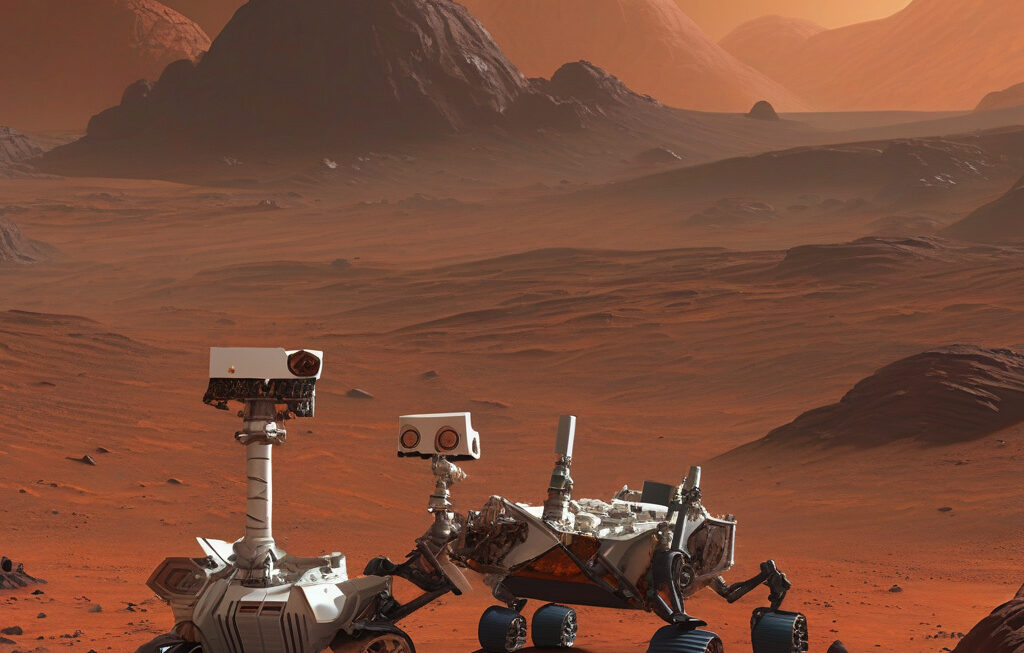Detecting asteroids is crucial for protecting our planet from potential impacts, and scientists are constantly seeking innovative methods to enhance our ability to track these celestial threats. In a groundbreaking initiative, a scientist at Sandia National Laboratories is exploring an unconventional way to detect asteroids without relying on traditional telescopes.
Traditional asteroid detection methods involve the use of telescopes to scan the night sky for celestial objects. While effective, this approach has its limitations, including blind spots caused by the Earth’s atmosphere and the vastness of space. To overcome these challenges, the scientist at Sandia National Laboratories is testing a heliostat-based system that could revolutionize asteroid detection.
So, what exactly is a heliostat-based system, and how does it work? In simple terms, a heliostat is a device that uses a mirror to track the movement of the Sun and reflect sunlight in a specific direction. By harnessing this technology, the scientist aims to detect asteroids by observing the way they block sunlight as they pass in front of the Sun.
This innovative approach offers several advantages over traditional telescope-based methods. For starters, the use of heliostats eliminates the need to scan the entire night sky, making asteroid detection more efficient and cost-effective. Additionally, by focusing on the Sun’s position, this system can overcome the limitations imposed by the Earth’s atmosphere, providing a clearer view of objects in space.
Furthermore, the heliostat-based system has the potential to detect smaller asteroids that may go unnoticed by conventional telescopes. By capturing the subtle changes in sunlight caused by these smaller objects, scientists can improve their ability to track a wider range of celestial threats and assess the risk they pose to Earth.
While the project is still in the experimental phase, initial results are promising. The scientist at Sandia National Laboratories has successfully demonstrated the feasibility of using heliostats to detect asteroids, raising hopes for a more effective and reliable method of planetary defense.
In conclusion, the exploration of a heliostat-based system for asteroid detection represents a significant step forward in our efforts to safeguard Earth from potential impacts. By harnessing the power of sunlight, scientists may soon have a new tool in their arsenal to track asteroids and assess the risks they pose to our planet. As technology continues to advance, innovations like this offer hope for a safer future in the face of cosmic threats.
#AsteroidDetection, #HeliostatTechnology, #PlanetaryDefense, #SandiaNationalLaboratories, #SpaceExploration












